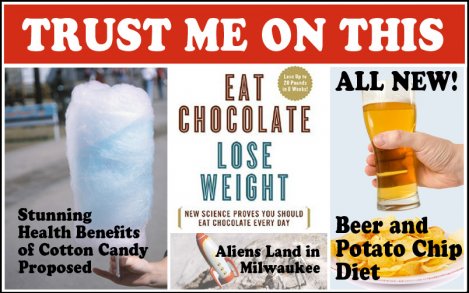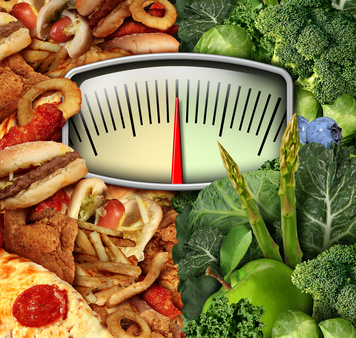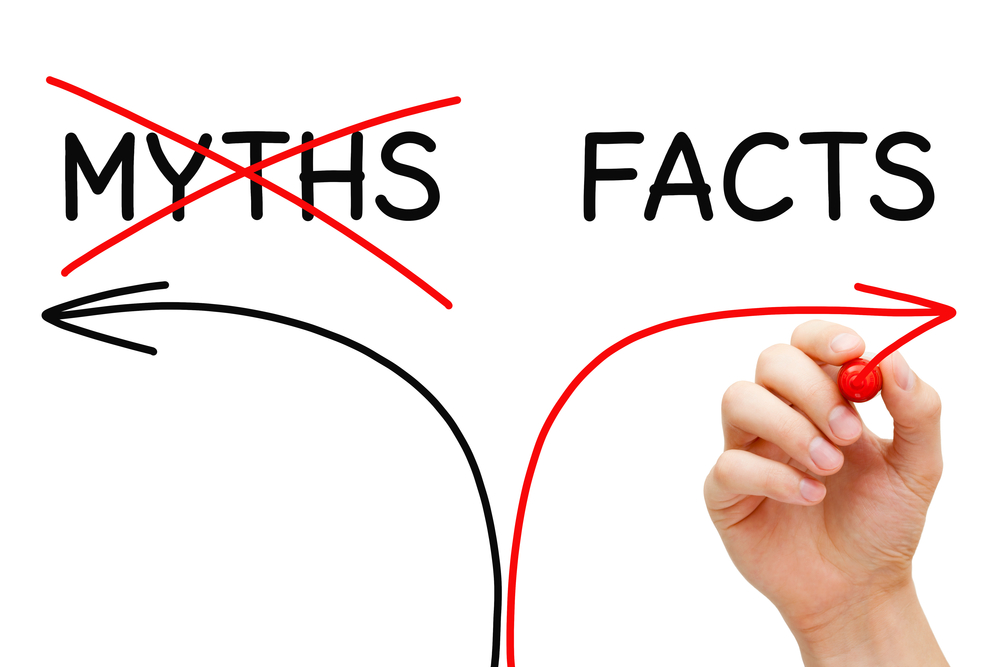Share This
Years ago at the beach I read a silly novel called Trust Me On This, about one of those supermarket checkout tabloids. The main character, a new reporter at the tabloid, was assigned a story about “The Beer and Chips Diet” and her first task was to call a list of “tame nutritionists” until she got one to sing the praises of potato chips – something that turned out to be surprisingly easy.
That novel was set in a time before the internet, a time when those of us who don’t buy tabloids would never run across the Beer and Chips Diet. Today, however, sensible and reliable information is no longer clearly segregated from sensational stories. On the worldwide web, the alien invasions, two-headed calves, and other tabloid favorites are mixed right in with whatever is left of responsible, fact-checked journalism.
So how do we create a world where sensible gets the upper hand over sensational? Changes in the way we write and the way we read are both essential.
Writing Better Stories. We invited some of the top nutrition journalists in the world (most of them also Registered Dietitians) to the Oldways Finding Common Ground conference in November, to discuss this challenge. Here are four top tips they suggested, for beating sensationalism at its own game:
Tell Stories. it’s not enough to reach people through their heads, with scientific facts – we need to be weaving compelling stories that reach people’s hearts, says Ellie Krieger, RD, author, Washington Post columnist and TV food personality. “People want an emotional connection. Mommy bloggers create great stories, and we need to, too.”
Make your headline clickable. Headlines can be enticing without being misleading or sensationalist. Joy Bauer, RD, nutrition and health expert on NBC’s Today Show, says, “I push the envelope on the headline to engage my editors and producers so I can tell the truth. The quackery is never going to go away. We have to compete. Make sure we have good takeaways.”
Go negative (to sneak in the positive). Janet Helms, RD, of the blog “Nutrition Unplugged” cites a study showing articles with “never” or “worst” in their titles get 69% more click-throughs than those with “always” or “best.” Toby Amidor, RD, a journalist with five major national publications used that knowledge when she chose the title “12 Foods Nutritionists Say They’ll Never Eat” on a story – and it went viral. The trick is to use a “never” title as a way of luring people into a positive story that explains what to eat, not just what not to eat!
Create Fresh Exciting Action Steps. How do we say “eat your vegetables and whole grains” over and over? Bauer says we need to create fresh new manageable action steps – “what people can use today.” Krieger elaborates on this point, saying, “The ‘news’ might be ‘vegetables are good for you.’ Do you know how many stories can come out of that, if you focus on food? I can think of ten off the top of my head. There are hundreds, maybe thousands of vegetables out there. You’re tapping a nerve when you focus on taste.” And when you make it sound easy and do-able in today’s busy lives.
The overall message from our nutrition journalists? If you can’t beat them, borrow some tricks from them. We need to start with messages solidly grounded in science (unlike the sensationalists) then borrow what works – catchy headlines and compelling storytelling – paired with descriptions, images and videos of delicious dishes. (Our new Oldways Science & Media Clearinghouse is helping to get the science into more stories, by matching journalists with top scientists as sources.) It’s up to us to create the best of both worlds, mixing science and sizzle to win over the hearts and tastebuds of people everywhere.
Reading and Sharing with Care. At the same time, all of us who read nutrition news need to check our sources carefully. Does the story defy common sense? (No one could really live on the beer and chips diet.) How many people were in the research cited? (A study of 9 people may raise an idea – but it doesn’t prove anything.) What other research has been done on this topic? (A single study can’t disprove scores of studies that have reached the opposite conclusion.)
Be part of the solution, by saying no to intellectual junk food on your screen or page, just as you would to junk food on your plate. What you share online matters, too. Help give a voice to common sense nutrition by sharing sound research and sensible tips with your family and friends on social media, rather than encouraging the latest misleading headline to go viral.
Check out what our “nutrition rock stars’” said at Finding Common Ground by listening to our conference videos, “Why are Nutrition Headlines and Stories so Confusing?” and “How the Media Can Help Demolish Nutrition Myths.”
Cynthia




Add a Comment